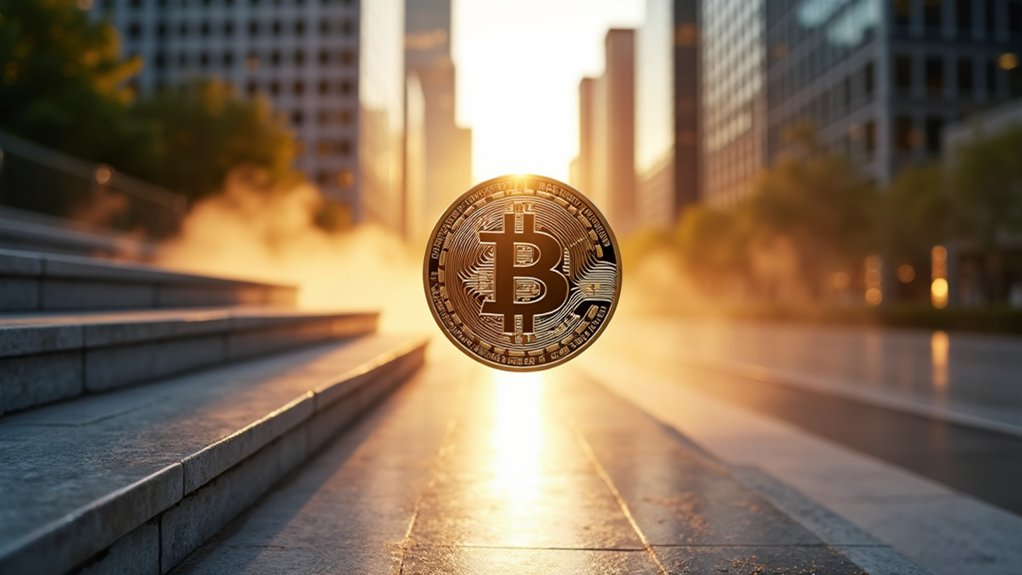Kamino Finance has quietly assembled what amounts to Solana’s lending juggernaut, managing over $4 billion in assets under management while most observers were still debating whether decentralized finance could scale beyond Ethereum’s congested rails.
While crypto Twitter debated theoretical scaling solutions, Kamino Finance silently built Solana’s $4 billion lending empire.
The platform’s recent V2 upgrade introduces what the team calls “modular credit infrastructure”—a framework that allows instant deployment of specialized lending markets with customizable terms, transforming what was once a monolithic borrowing protocol into something resembling a financial Swiss Army knife.
The upgrade’s most intriguing feature lies in its Earn Vaults, automated lending portfolios managed by professional partners who presumably understand risk management better than the average DeFi degen. These vaults offer varying risk profiles from conservative to aggressive, catering to users who range from cautious yield farmers to those willing to chase double-digit returns with the enthusiasm of a caffeinated day trader.
The modular design enables rapid deployment of niche lending pools—including KYC-only markets and fixed-rate loans—suggesting that even decentralized finance occasionally yearns for traditional banking’s predictability.
Kamino’s peer-to-pool lending model optimizes capital efficiency while supporting various Solana ecosystem assets including SOL, USDC, USDT, JUP, JLP, and JitoSOL. Users can leverage SOL staking yield or provide leveraged liquidity to decentralized exchanges, effectively turning their holdings into multi-layered yield generators.
The platform’s “Pro Borrower UX” offers sophisticated loan management tools with real-time analytics and LTV tracking, making borrowing more transparent than most traditional credit arrangements.
The V2 launch included ten new lending markets with over $285,000 monthly in liquidity incentives, demonstrating how protocols now compete for users with the fervor of airlines offering frequent flyer miles. Collaborations with notable Solana projects like Marinade Finance enhance ecosystem integration while the framework’s capacity for real-world asset integration suggests ambitions beyond crypto’s traditional boundaries. The platform’s expanding capabilities now include support for tokenized RWAs, positioning Kamino to bridge traditional finance with DeFi through real-world asset tokenization.
Perhaps most remarkably, the upgrade required no user migration from V1, preserving continuity from a codebase that underwent fourteen security audits and processed billions in borrowing volume. The protocol’s open-source nature enables community contributions and maintains transparency throughout its development process. Unlike traditional banking where deposit insurance provides safety nets, DeFi protocols operate without such protections, making security audits crucial for user confidence.
In an ecosystem where protocol upgrades often resemble controlled demolitions, such seamless evolution feels almost quaint.





